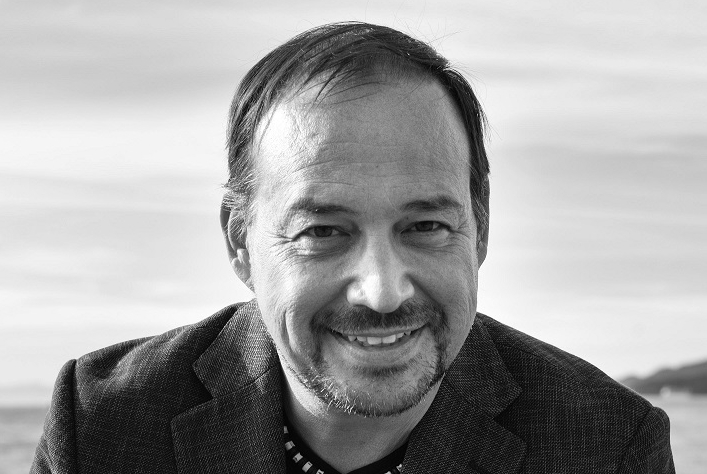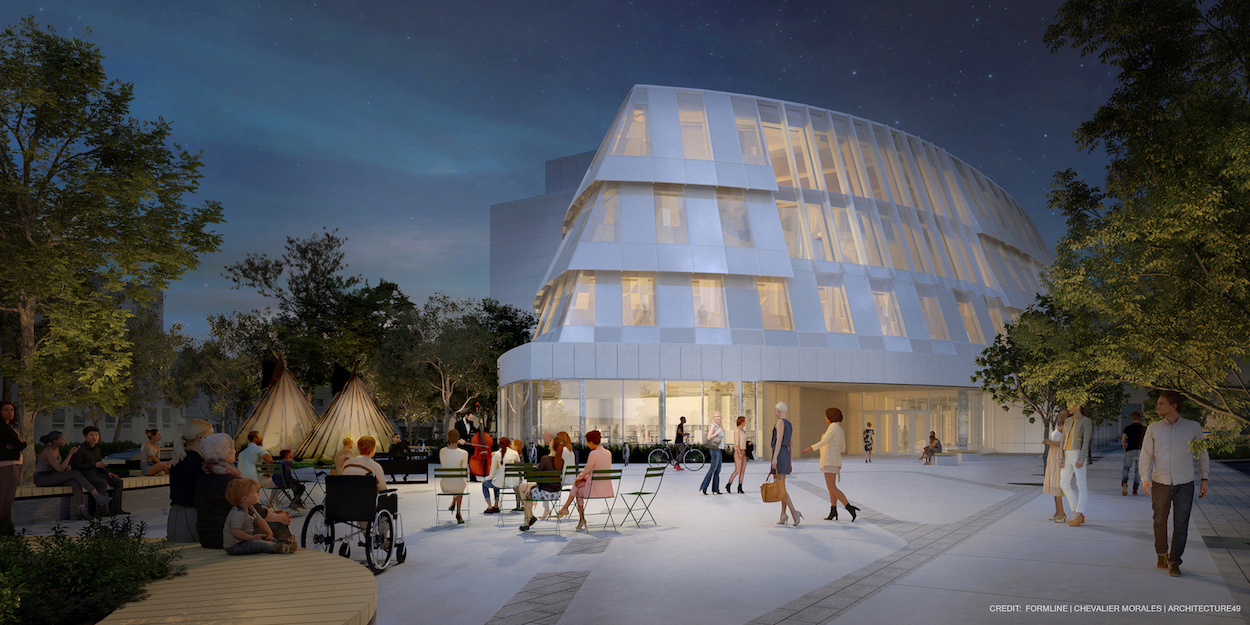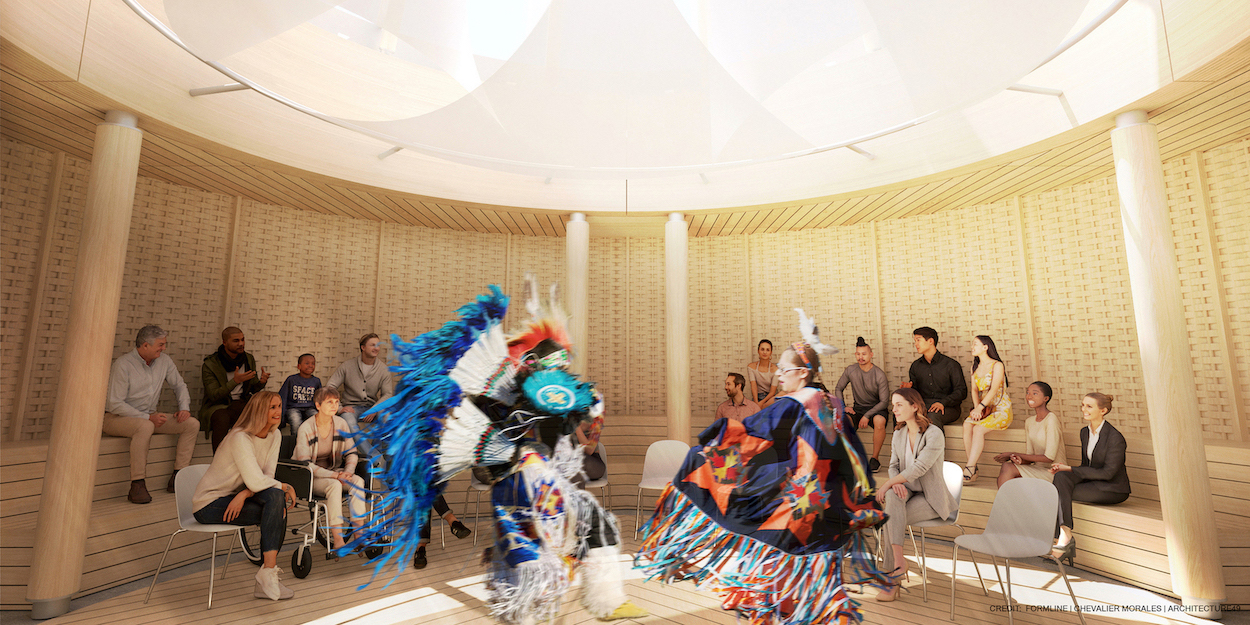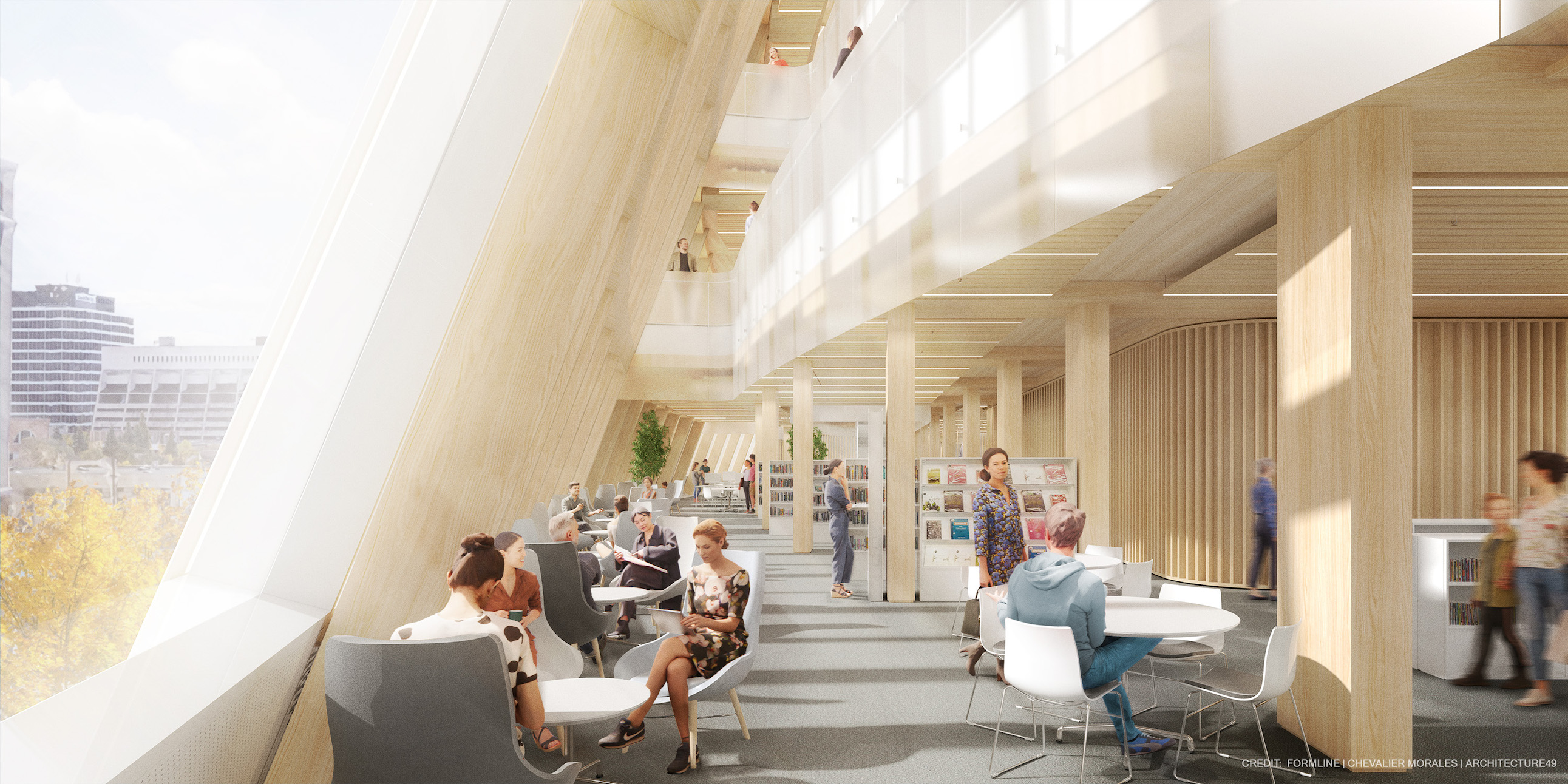Lecture Series: Alfred Waugh
- Date
- October 27, 2022
- Time
- 6:30 PM EDT - 9:00 PM EDT
- Location
- Department of Architectural Science, 325 Church St, ARC 202 (the Pit)
- Open To
- Public
- Contact
- bridgette.dalima@torontomu.ca

Recently elected to the College of Fellows of the Royal Architectural Institute of Canada, Alfred specializes in culturally and environmentally sensitive projects and has extensive experience with Indigenous, Metis cultural societies, and educational institutions. He is the first Indigenous Architect to receive the Governor’s General Medal in Architecture.
Alfred is actively involved in the community and is the Co-Director of the RAIC Truth and Reconciliation Task Force. He was instrumental in bringing a motion to the 2020 RAIC AGM where the UN Declaration of Indigenous Rights was unanimously accepted. He has recently been a juror for the Canadian Architect Awards of Excellence and the RAIC International prize.
Alfred is Status Indian registered with the Fond Du Lac Band in Northern Saskatchewan. He was the first Aboriginal person to graduate with honours from UBC School of Architecture in 1993 and become a registered architect. In 2005, Alfred established Alfred Waugh Architects, a 100-percent Aboriginally-owned practice. In 2012 the firm was incorporated and renamed to Formline Architecture (external link) .
The lecture will focus on elements of Project Planning and Design and Programming and Analysis from the unique perspective of bringing together Indigenous Ways of Knowing and Western Knowledge. The relationship of land to building with the focus of nature as the centre of the value system rather than nature serving humans is emphasised. This approach focuses on the idea that all things are connected and the plants, animals, earth and sky as well as us humans all have the same value. In general, this approach to architecture often starts with the land asking what does it speaks to us and what is the cultural history.
Inspiration from nature and culture are the driving forces for design. In general building placement, sustainable strategies, building form and material use are developed through an engagement process with Indigenous groups focusing on their relationship with community, culture, and the environment. Drawing on this knowledge combined with western means of technology architecture is developed merging both worlds.



